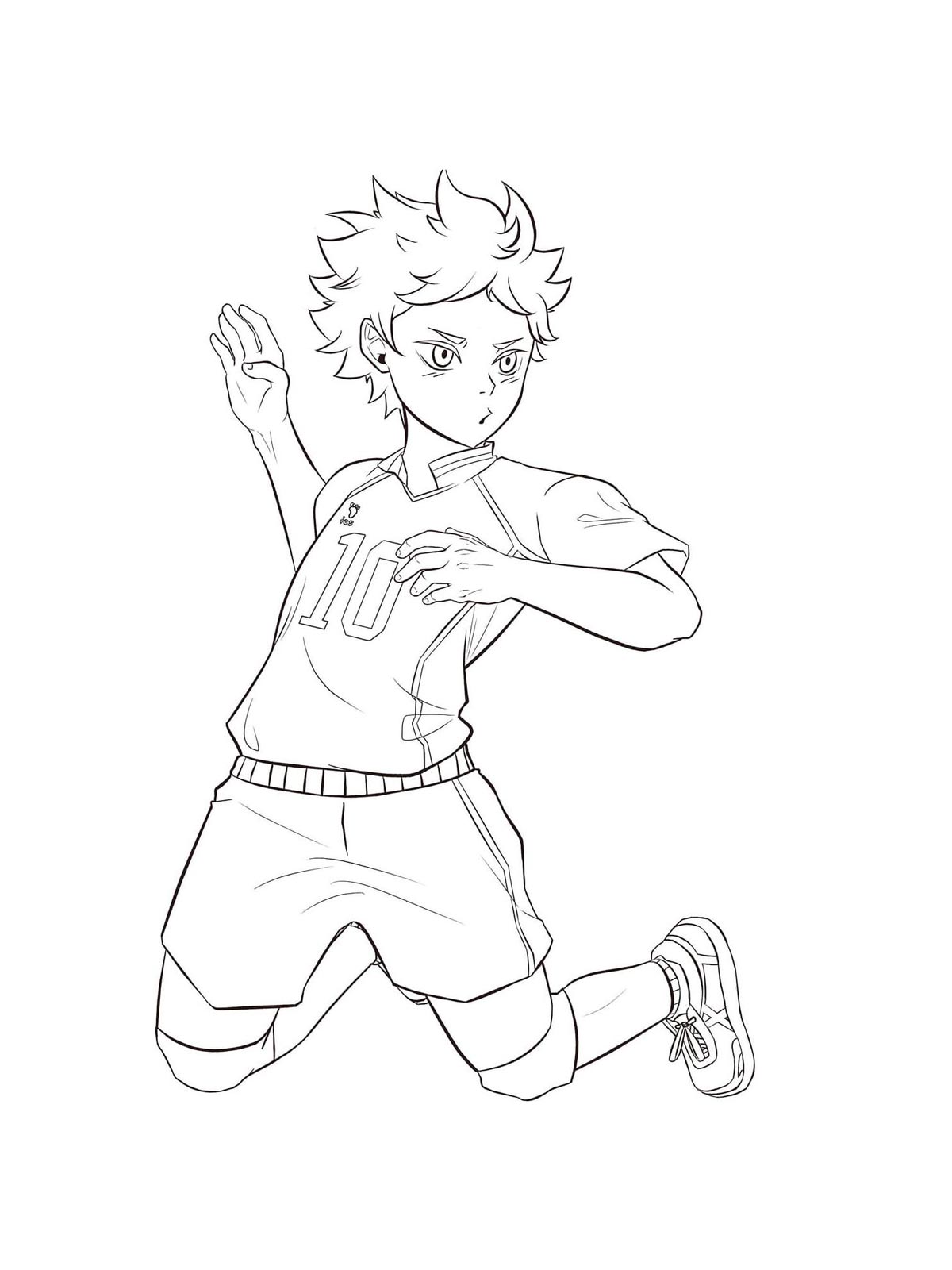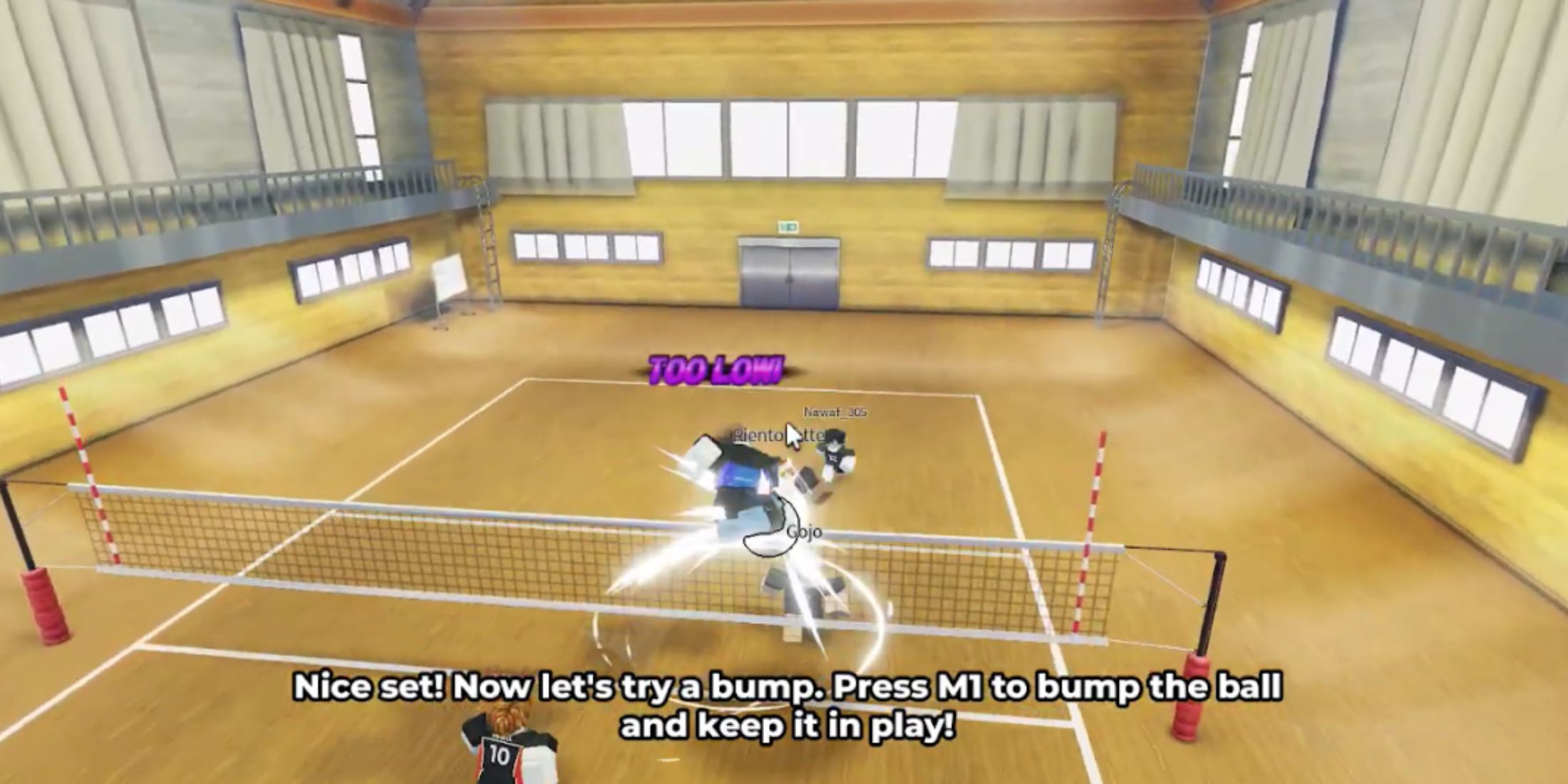Haikyuu is one of the most beloved anime and manga series in the world, captivating audiences with its thrilling volleyball matches and compelling character development. The series has inspired countless adaptations, including fan-created content such as Haikyuu hentai. However, it's important to approach this topic with caution, as it involves themes that may not be suitable for all audiences. This article will explore the phenomenon of Haikyuu hentai, its origins, cultural impact, and ethical considerations.
Haikyuu, created by Haruichi Furudate, has become a cultural phenomenon since its debut in 2012. The series follows Shoyo Hinata, a young volleyball enthusiast who dreams of becoming a top player. With its dynamic storytelling and vibrant characters, Haikyuu has amassed a massive fanbase worldwide. As part of this fandom, fan-created content such as hentai has emerged, sparking discussions about its role in anime culture.
This article aims to provide a balanced and informative perspective on Haikyuu hentai. By examining its origins, cultural significance, and ethical concerns, we hope to foster a deeper understanding of this topic. Whether you're a long-time fan or new to the series, this guide will offer valuable insights into the world of Haikyuu fan content.
Read also:Hasanabi Jill Stein A Comprehensive Look At The Intersection Of Climate Activism And Political Leadership
Table of Contents
- Introduction to Haikyuu Hentai
- What is Haikyuu Hentai?
- Origins of Haikyuu Hentai
- Cultural Impact of Haikyuu Hentai
- Types of Haikyuu Hentai Content
- Ethical Considerations
- Legal Issues Surrounding Hentai
- Fan Reactions to Haikyuu Hentai
- The Creator's Perspective
- Conclusion
Introduction to Haikyuu Hentai
Haikyuu hentai represents a niche subset of fan-created content within the broader Haikyuu fandom. While the official series focuses on sports, teamwork, and personal growth, hentai adaptations often explore alternative narratives and themes. This subgenre has gained attention due to its popularity among certain fan groups, but it also raises questions about its place in anime culture.
For many fans, Haikyuu hentai serves as an extension of their love for the series. It allows creators and consumers to explore new storylines and character dynamics that differ from the original source material. However, it's essential to approach this content with an understanding of its context and implications.
What is Haikyuu Hentai?
Hentai, a Japanese term meaning "pervert" or "abnormal," refers to a genre of anime and manga that focuses on explicit sexual content. Haikyuu hentai specifically incorporates elements from the Haikyuu universe, featuring characters and settings from the series in adult-themed narratives.
Character Representation in Hentai
Characters like Shoyo Hinata, Kageyama Tobio, and Asahi Azumane often appear in Haikyuu hentai, reimagined in scenarios that deviate from the original storyline. These adaptations can range from lighthearted romantic tales to more explicit content. Below are some common themes:
- Alternate universes where characters pursue romantic relationships.
- Exploration of character backstories not covered in the official series.
- Fan interpretations of character interactions and dynamics.
Origins of Haikyuu Hentai
The origins of Haikyuu hentai can be traced back to the vibrant fan community surrounding the series. Fans often create derivative works, including fanfiction, fan art, and hentai, as a way to express their passion for the series. These creations are typically shared on platforms like DeviantArt, Tumblr, and specialized hentai websites.
Factors Contributing to Its Popularity
Several factors have contributed to the popularity of Haikyuu hentai:
Read also:What Is Phun Org Unlocking The World Of Phun Org And Its Impact
- The series' compelling characters and relationships inspire creative interpretations.
- Fans enjoy exploring alternative narratives beyond the official storyline.
- Online platforms provide easy access to fan-created content, including hentai.
Cultural Impact of Haikyuu Hentai
Haikyuu hentai reflects broader trends in anime fandom culture. It highlights the creative potential of fan communities and their ability to reinterpret beloved stories. However, it also raises questions about the boundaries of fan expression and the impact on the original creators and audience.
Some fans view hentai as a legitimate form of artistic expression, while others criticize it for straying too far from the original source material. This divide underscores the complex relationship between fan content and official works in the anime industry.
Types of Haikyuu Hentai Content
Haikyuu hentai encompasses a wide range of content types, each catering to different fan preferences. Below are some of the most common formats:
- Manga-style adaptations: These often feature detailed artwork and storylines inspired by the series.
- Animated videos: Short animations that bring hentai scenarios to life.
- Interactive experiences: Games and visual novels that allow users to engage with Haikyuu characters in new ways.
Key Characteristics of Haikyuu Hentai
Successful Haikyuu hentai content typically includes the following elements:
- Accurate character designs that align with the original series.
- Engaging storylines that resonate with fans of the series.
- High-quality artwork or animation that enhances the viewing experience.
Ethical Considerations
While Haikyuu hentai is a popular form of fan expression, it also raises ethical concerns. One of the primary issues is the use of copyrighted characters and settings without permission from the original creators. This practice can blur the line between homage and infringement, potentially harming the creators' interests.
Additionally, the explicit nature of hentai content may not align with the values or intentions of the original series. Fans and creators must weigh these considerations when engaging with or producing such content.
Respecting Creator Intent
Haruichi Furudate, the creator of Haikyuu, has not publicly addressed the issue of hentai adaptations. However, respecting the creator's vision and intentions is an important ethical consideration for fans. By acknowledging the original work's purpose and values, fans can ensure their creations contribute positively to the fandom.
Legal Issues Surrounding Hentai
From a legal perspective, Haikyuu hentai operates in a gray area. While fan-created content is generally protected under fair use laws, the explicit nature of hentai complicates this issue. Copyright holders may pursue legal action if they perceive hentai as infringing on their intellectual property rights.
In some countries, the distribution of explicit content involving minors, even fictional, is illegal. This adds another layer of complexity to the legality of Haikyuu hentai, as the series features characters who are underage.
Navigating Legal Risks
Fans and creators can mitigate legal risks by:
- Understanding and complying with local laws regarding explicit content.
- Respecting the intellectual property rights of original creators.
- Limiting distribution to private or restricted platforms to minimize exposure.
Fan Reactions to Haikyuu Hentai
The Haikyuu fandom is divided in its views on hentai content. Some fans embrace it as a natural extension of their love for the series, while others criticize it for undermining the original work's message. These differing perspectives highlight the diversity of opinions within the fandom.
Surveys and online discussions reveal that most fans approach hentai with a mix of curiosity and caution. Many appreciate the creativity involved in producing such content but acknowledge the ethical and legal challenges it poses.
Building a Respectful Fandom
To foster a positive and inclusive fandom, fans can:
- Engage in respectful discussions about hentai and its place in anime culture.
- Support official content and creators while exploring fan creations responsibly.
- Encourage ethical practices among fan creators and consumers.
The Creator's Perspective
While Haruichi Furudate has not publicly commented on Haikyuu hentai, his work reflects a deep commitment to themes of teamwork, perseverance, and personal growth. These values may not always align with the narratives explored in hentai adaptations. Respecting the creator's vision is essential for maintaining a balanced and respectful fandom.
By acknowledging the original creator's contributions and intentions, fans can ensure that their creations enhance, rather than detract from, the Haikyuu universe.
Conclusion
Haikyuu hentai represents a fascinating intersection of fan creativity and cultural expression. While it offers fans an opportunity to explore new narratives and character dynamics, it also raises important ethical and legal considerations. By approaching this content with respect for the original creators and an understanding of its implications, fans can contribute positively to the Haikyuu fandom.
We encourage readers to engage in thoughtful discussions about Haikyuu hentai and its role in anime culture. Share your thoughts in the comments below, and explore other articles on our site for more insights into the world of anime and manga.

